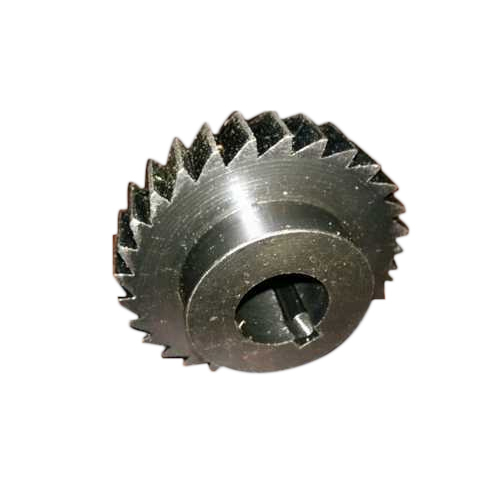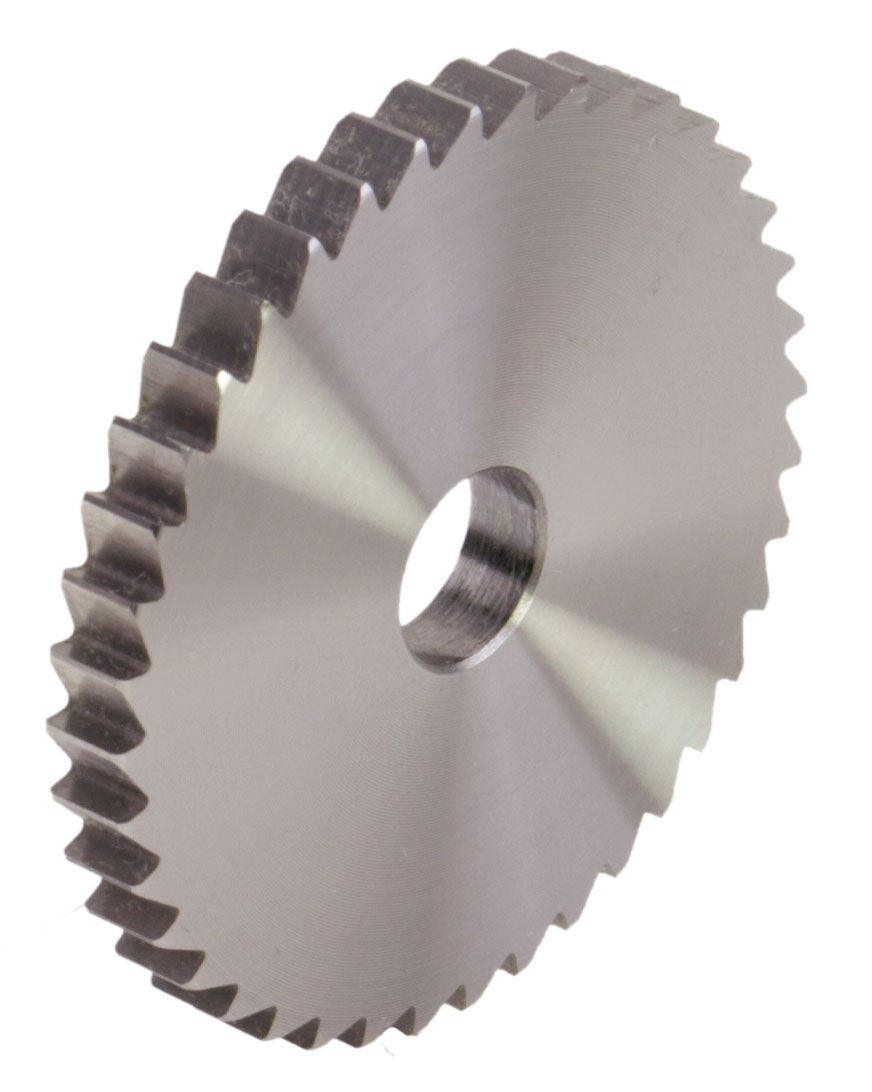Product Description
Product Description
ZheJiang North China Industrial Plastic Co., Ltd.
Leading manufacturer of UHMW-PE products in China, establised in 1993, covering an area of 58,000 square meter, specialized in UHMW-PE engineering plastic products research, development, manufacture, marketing and service.
Various type of FJS standard roller, low noise roller, anti static & fire resistance mining roller, steel-plastic composite roller.
Features & Benefits
1. Belt friendly, since UHMWPE tube will not wear the belt.
2. Self-cleaning roller surface, prevention of build up of material, less spillage from the belt.
3. Light weight, easy to change and delivery, avoid injuries at work.
4. Lower power consumption during start / stop.
5. Wear resistance, corrosion resistance, suitable for wet and aggressive environment, prolong the life of roller.
6. Lower the noise due to polymers noise absorption.
7. Low running resistance sealing system, less belt wear.
8. Working service will be no less than 60,000 hours for normal use, and the replacing ratio will be less than 5% during the period of validity.
| UHMWPE Roller Specifications | |
| Roller Dia. | Ø63.5, Ø76, Ø89, Ø102, Ø108, Ø114, Ø127, Ø133, Ø140, Ø152, Ø159, Ø168, Ø178, Ø194, Ø219 |
| Roller Length | 150-3500mm |
| Shaft | Material: Q235 cold drawing round steel Dia.: 20mm/25mm/30mm/35mm/40mm |
| Pipe Thk. | 8mm, 13mm, 15mmm |
| Bearing | Type: deep groove ball bearing Size: 6204, 6205, 6305, 6206, 6306, 6307, 6308 Brand: LYC, C&U, HRB, CHINAMFG or ther other |
| Sealing | This combine seal is a non-contact sealing, it solves the problems of big clearance of larinth sealing, improves the sealing performance and reduces the oil comsumption and therefore ensures the long run of conveyor belt. |
| Besides, we can manufacture conveyor roller according to your requirement. | |
1. UHMWPE Tube
FJS UHMWPE roller tube is made of modified Ultra-high molecular weight polyethylene, thermoplastic with outstanding physical and mechanical properties. It combines the superior performance of impact resistance, abrasion resistance, self-lubricating, chemical resistance make it an ideal material for industrial applications.
2. Cold drawn steel shaft
FJS roller use Q235 drawn steel shaft, for metal materials, cold drawing refers to drawing at room temperature in order to achieve a certain shape and certain mechanical properties.
Cold drawn steel is characterized by high dimensional accuracy, surface quality and good finish.
3. Sealing
FJS roller sealing material select ABS, nylon 6, PA66, enhanced PP, elastomer PVC. ABS offers high impact resistance, toughness, and ease of use, nylon 6 has a higher shrinkage rate, therefore, the entire sealing system have good sealing abilities.
4. Bearing
FJS roller select deep groove ball LYC/Z2 class high quality bearing, which not only has long service life, but also has higher precision, high strength, high stiffness and lower noise.
5. Bearing seat
FJS roller bearing housing is made of nylon as raw materials. Material with a higher mechanical strength, heat, wear resistance, low friction coefficient, shock absorption, light weight.
Our Workshop
Our Applications
Certifications
Customer & Exhibition
Packaging & Shipping
FAQ
Q1: What's the service life of your rollers?
A: At least 60,000 hours.
Q2: Can we have sample?
A: Free samples for all the customer who really in need of conveyor roller.
Q3: What are your terms of packing?
A: Packed in the standard wooden case, or as your required.
Q4: How long is the delivery time?
A: Normally, 10 days after receiving the deposit. The exact delivery time depends on the items and the quantity of your order.
Q5: Can you manufacture according to the samples?
A: Yes. We provide with OEM service based on the design drawing or the sample.
Q6: Can we have our logo or design for goods?
A: Yes, customized logo and design are available.
/* January 22, 2571 19:08:37 */!function(){function s(e,r){var a,o={};try{e&&e.split(",").forEach(function(e,t){e&&(a=e.match(/(.*?):(.*)$/))&&1
| Material: | UHMWPE/HDPE |
|---|---|
| Application: | Chemical Industry, Grain Transportation, Mining Transport, Power Plant |
| Structure: | Ordinary Roller |
| Bearing Type: | Double Sealed Bearing |
| Type: | Grooved Conveyor Idler |
| Roller Dia.: | Dia.89mm~219mm |
| Samples: |
US$ 10/Piece
1 Piece(Min.Order) | |
|---|
| Customization: |
Available
|
|
|---|

How do ratchet wheels differ from other types of gears in terms of functionality?
Ratchet wheels differ from other types of gears in terms of functionality primarily due to their unidirectional motion and ability to prevent backward movement. Here are key distinctions between ratchet wheels and other gears:
- 1. Unidirectional Motion: Ratchet wheels are designed to allow motion in only one direction. When force is applied in the desired direction, the ratchet wheel rotates freely, enabling movement. In contrast, traditional gears, such as spur gears or helical gears, transmit motion bidirectionally—both clockwise and counterclockwise.
- 2. Prevention of Backward Movement: The defining feature of ratchet wheels is their ability to prevent backward movement. This is achieved through the engagement of a pawl or catch mechanism with the teeth of the ratchet wheel. The pawl locks the ratchet wheel in place when force is applied in the opposite direction, effectively preventing any reverse motion. Traditional gears do not have this locking capability and allow bidirectional movement without restriction.
- 3. Incremental Motion Control: Ratchet wheels are often used in applications where precise incremental motion control is required. The teeth on a ratchet wheel are typically spaced in a way that allows for controlled, step-by-step movement. This is advantageous in scenarios where precise positioning or adjustments are necessary, such as in ratchet wrenches or fine-tooth ratchet wheels.
- 4. Limited Gear Ratio: Unlike traditional gears that can provide variable gear ratios to change speed and torque, ratchet wheels offer a fixed gear ratio. They are not used for speed reduction or torque amplification but rather for controlled and secure movement in one direction.
- 5. Specialized Applications: Ratchet wheels are commonly found in specific applications where their unidirectional and locking capabilities are crucial. These include hand tools like ratchet wrenches, winches, tie-down straps, handbrakes in vehicles, and more. Traditional gears are used in a broader range of applications where bidirectional motion is needed, such as in machinery, vehicles, and industrial equipment.
In summary, ratchet wheels excel at providing controlled, unidirectional motion and preventing backward movement. They are specialized components used in applications where these characteristics are essential. Traditional gears, on the other hand, are versatile components that transmit motion bidirectionally and are employed in a wide array of mechanical systems for various purposes.

Are there innovations or advancements in ratchet wheel technology that have emerged recently?
Yes, there have been notable innovations and advancements in ratchet wheel technology in recent years. These developments aim to enhance the performance, efficiency, and versatility of ratchet wheels in various applications. Some of the key advancements include:
- 1. Materials and Coatings: Advances in materials science have led to the development of ratchet wheels made from high-strength and lightweight materials. These materials offer improved durability and reduced wear, extending the service life of ratchet wheels. Additionally, specialized coatings are applied to enhance corrosion resistance and reduce friction.
- 2. Precision Manufacturing: Modern manufacturing techniques, including CNC machining and 3D printing, allow for the production of highly precise ratchet wheel components. This precision ensures smoother engagement and more accurate positioning, making ratchet wheels suitable for applications requiring tight tolerances.
- 3. Miniaturization: In industries like electronics and medical devices, there is a demand for smaller and more compact ratchet mechanisms. Recent advancements have led to miniaturized ratchet wheels that can operate in confined spaces while maintaining their precision and reliability.
- 4. Smart Ratchet Systems: Some innovative ratchet systems incorporate smart technology, such as sensors and feedback mechanisms. These systems can monitor the position and condition of the ratchet wheel in real-time, providing valuable data for diagnostics and maintenance.
- 5. Enhanced Safety Features: Advancements in safety-critical applications have resulted in ratchet wheels with enhanced safety features. These may include fail-safe designs, improved locking mechanisms, and more robust materials to withstand extreme conditions.
- 6. Integration with Automation: Ratchet wheels are increasingly being integrated into automated systems, where they play a crucial role in controlled motion and positioning. These integrated solutions improve efficiency and reduce the need for manual adjustments.
- 7. Customization: Manufacturers now offer greater customization options for ratchet wheels to meet specific application requirements. This includes variations in tooth profiles, sizes, and configurations to accommodate diverse needs.
- 8. Sustainable Materials: As sustainability becomes a more significant concern, there is a growing trend toward using eco-friendly materials in ratchet wheel production. This includes the use of recycled and recyclable materials in their construction.
These innovations in ratchet wheel technology contribute to their adaptability in various industries and applications. Whether it's improving precision, enhancing safety, or reducing environmental impact, recent advancements have expanded the capabilities of ratchet wheels in mechanical systems.

Can you explain the primary purpose and applications of ratchet wheels in various industries?
Ratchet wheels serve a primary purpose in various industries by enabling unidirectional motion, preventing backward movement, and offering precise control. Their applications are diverse and include the following:
- 1. Automotive Industry: Ratchet wheels are integral to automotive applications, such as handbrakes and vehicle jacks. Handbrakes use ratchet mechanisms to securely hold a vehicle in place, preventing it from rolling when parked on an incline. Vehicle jacks employ ratchet mechanisms for controlled lifting and lowering of vehicles during maintenance or tire changes.
- 2. Construction and Engineering: Construction and engineering equipment often feature ratchet mechanisms. Ratchet straps and tie-downs are used for securing loads on trucks and trailers. Additionally, ratchet wrenches and torque wrenches provide precise control in construction and assembly tasks, allowing for incremental tightening or loosening of bolts and fasteners.
- 3. Manufacturing and Assembly: Ratchet mechanisms are employed in manufacturing and assembly processes where controlled movement is essential. This includes machinery used in factories for precision tasks like fastening, clamping, or incrementally advancing components on an assembly line.
- 4. Medical Devices: The medical industry utilizes ratchet wheels in various instruments and devices. For instance, surgical instruments may feature ratchet mechanisms to control the movement of specific components, allowing surgeons to perform delicate procedures with precision.
- 5. Material Handling: In material handling equipment such as winches, hoists, and cranes, ratchet wheels ensure the controlled lifting and lowering of heavy loads. They contribute to safety and prevent unintended load movement, making them crucial in industries like construction, manufacturing, and logistics.
- 6. Consumer Products: Ratchet mechanisms are found in many consumer products. A common example is a retractable tape measure, where a ratchet wheel allows the tape to be extended and then locked in place at the desired length. Similarly, many hand tools like screwdrivers and pliers feature ratchet mechanisms for efficient and continuous rotation in one direction.
- 7. Aerospace and Aviation: Ratchet wheels are used in aerospace and aviation applications for tasks like securing cargo in aircraft, controlling movements in cockpit instruments, and ensuring the proper operation of various components within the aircraft.
- 8. Marine and Boating: Marine equipment often employs ratchet mechanisms in winches and pulleys for controlling sails, anchors, and other rigging. They enable sailors to adjust sail tension and anchor position with precision.
- 9. Sports and Recreation: Ratchet mechanisms are used in sports and recreational equipment, such as bike gears and fishing reels. They provide controlled motion and prevent backward movement, enhancing the user experience and safety.
Ratchet wheels are versatile components that find applications in an array of industries, improving safety, control, and efficiency across various mechanical systems.


editor by Dream 2024-05-16